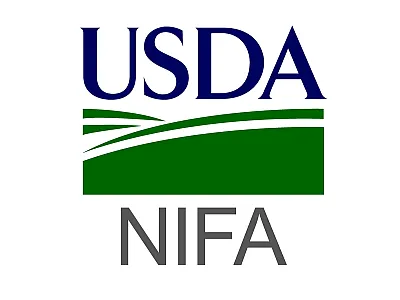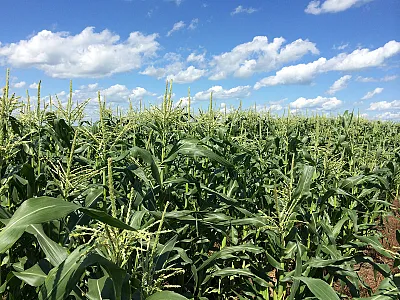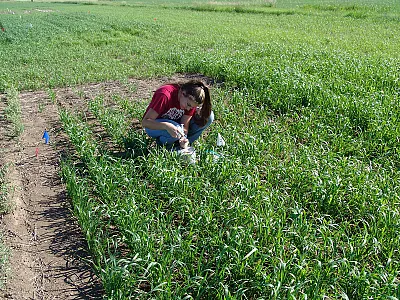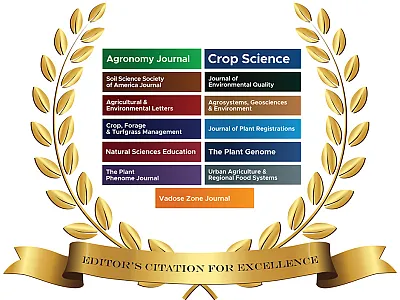Replacing Summer Fallow With Field Pea in Western Nebraska

Chemical summer fallow is a common practice across the semi-arid High Plains in dryland wheat systems. However, it can lead to degraded soil fertility, dependence upon urea, or reduced precipitation use efficiency. Field pea can be a complimentary crop to wheat that can mitigate potential long-term issues while reducing economic uncertainty for farmers. Although pea can be cultivated in western Nebraska, there have been no site-specific studies comparing fallow to pea in a wheat-based system.
To address this question, a team of researchers conducted a field study comparing summer fallow to pea for three site-years. They measured soil fertility and soil water content over time along with pea and wheat yields. In a recent article in Agronomy Journal, the team reported that wheat yields were not reduced with the addition of pea in two of three site-years. Also, across three pricing models, the pea–wheat system increased net profits or reduced net losses compared with fallow–wheat in five out of nine comparisons.
This study shows that farmers in this region would benefit by replacing fallow with pea as a risk management tool to buffer variable wheat markets and access the growing pulse crop market.
Adapted from Koeshall, S.T., Easterly, A.C., Werle, R., Stepanovic, S., & Creech, C.F. (2022). Replacing fallow with field pea in wheat production systems across western Nebraska. Agronomy Journal, 114, 3329–3346. https://doi.org/10.1002/agj2.21194
Text © . The authors. CC BY-NC-ND 4.0. Except where otherwise noted, images are subject to copyright. Any reuse without express permission from the copyright owner is prohibited.












